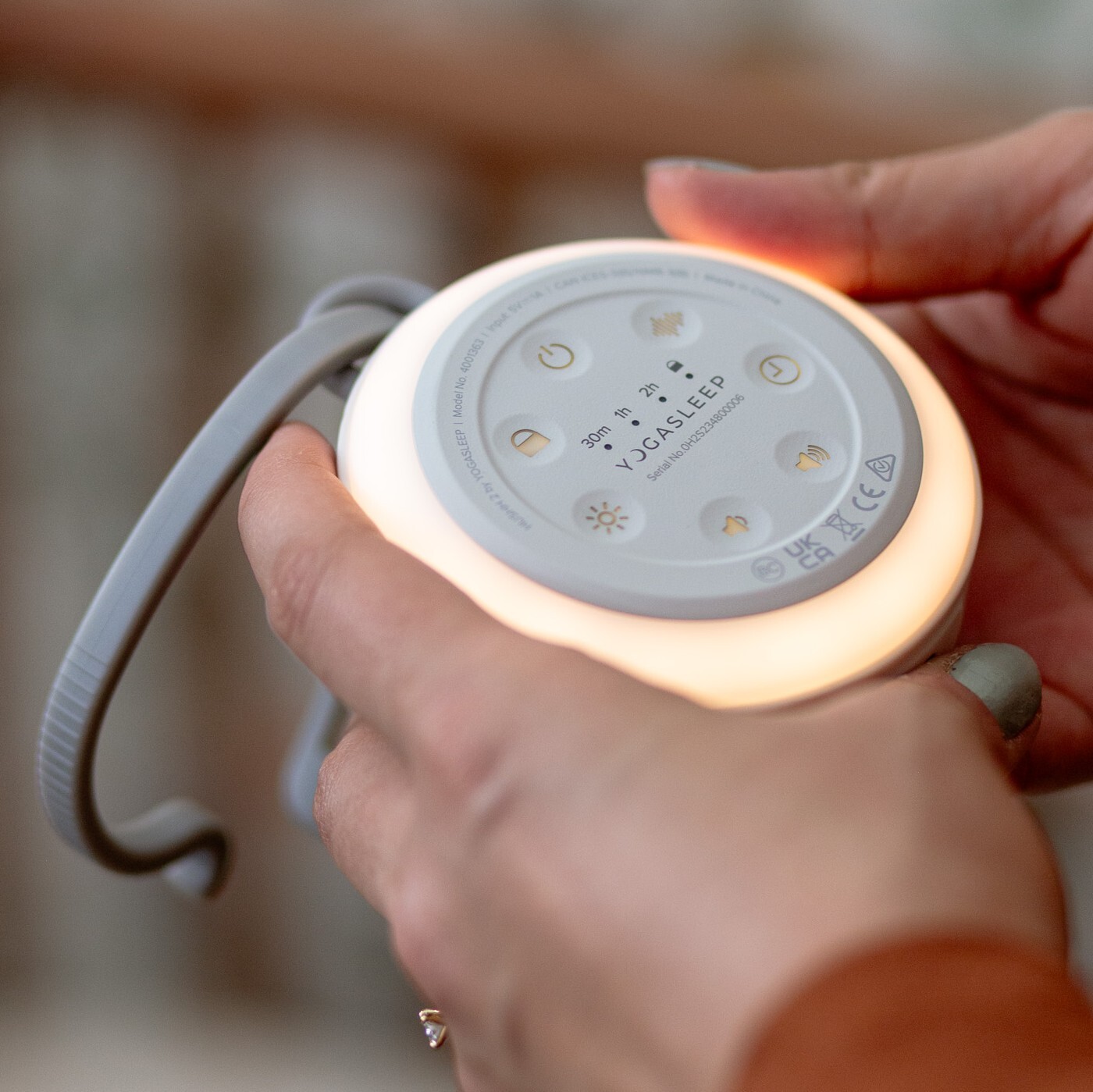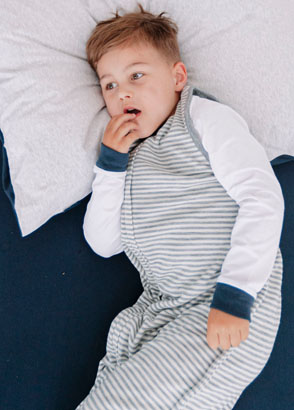What are Sleep (Night) Terrors?
Sleep terrors, or night terrors as they are often called, are dramatic and can be distressing to witness. A child having a sleep terror may have her eyes open, but usually appears very agitated, frightened and even panicked, as well as confused and dazed during an episode.
A child will often cry out or scream at the beginning of the sleep terror and may mumble or give inappropriate answers to questions.
A child having a sleep terror is often clumsy and may flail around, push a parent away, or behave in other strange ways.
As disturbing and frightening as these events appear to the observer, children having them usually are totally unaware of what they are doing. In fact, sleep terrors are much worse to watch than to experience.
For the child, a sleep terror is less traumatic than a typical nightmare or bad dream.
Sleep terrors almost always occur within 1–2 hours after falling asleep, last anywhere from a few minutes to an hour, and children have no memory of these events (note that sleep terrors can also occur during a nap). In addition, during these events most children avoid being comforted.
They may get more upset if you talk to them and try to calm them down. This can be the hardest part for parents. Although a child having a sleep terror may appear awake, she is really asleep. A child who is experiencing a sleep terror is basically stuck halfway between asleep and awake.
Finally, sleep terrors are not nightmares. Your child is not dreaming during these events, although it may look it. Sleep terrors are also not a sign of psychological problems or the result of a traumatic event.


















